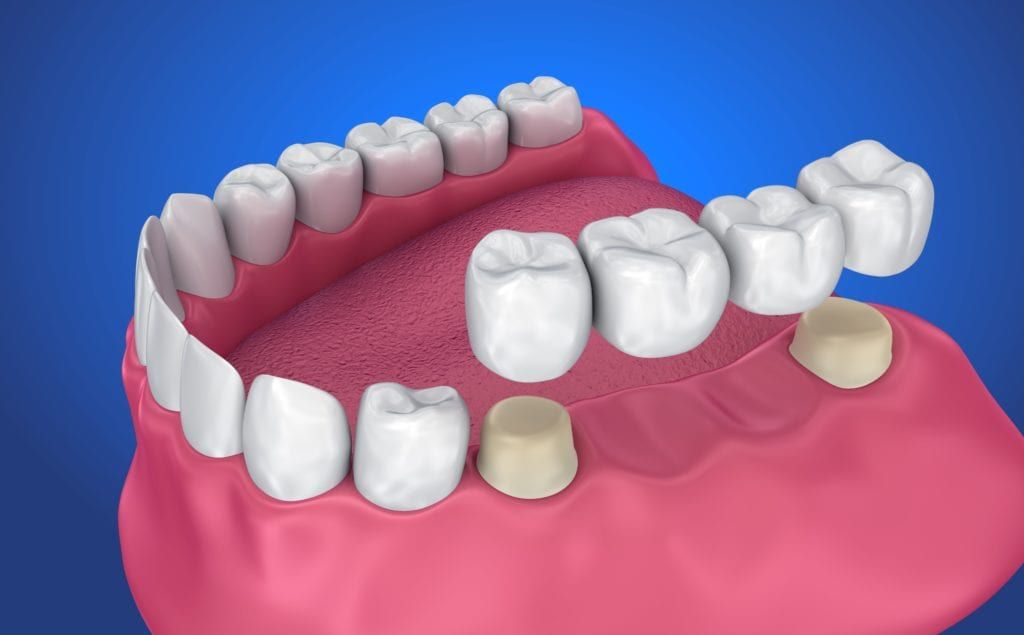What are dental crowns?
Dental crowns are tooth-shaped caps that are placed over the tooth. With these caps, it restores the tooth’s shape, size, and appearance. Dental crowns may be needed to protect a weak tooth, restore a broken or chipped tooth, hold a dental bridge in place, cover an implant, and cover a tooth treated for a root canal. Millions of people use crowns as a way to correct and heal their teeth, and they can be made from four types of materials.
Different Types of Crowns
Ceramic Crowns – Ceramic crowns are porcelain-based fillings, recommended for restoring the front teeth for better color blending. A dentist who recommends this kind of crown might need to remove some of the tooth structure to attach the ceramic crown to the tooth. The material overtime may become brittle from heavy biting and depending on how it’s installed, can be resistant to wear.
Porcelain Crowns – Porcelain crowns fused to metal, in simplest terms. The porcelain is usually connected to the outside of the metal to provide a good seal, and give strength to the teeth. Your dentist might also need to remove parts of the tooth to install the crown.
Gold Alloy Crowns – Gold, silver, or platinum and other metals make up the consistency of these crowns. Gold alloys are typically more resistant to wear and fracturing, and the material is bio compatible.
Base Metal Alloy Crowns – Metals, such as titanium, copper, or zinc, still provide strength and high resistance to corrosion, even while they’re not noble. With base metal crowns, the dentist should try and remove as little of the healthy tooth as possible to help adhere the crown to the tooth.
What are dental bridges?
Bridges, on the other hand, are a collection of false teeth held in place by teeth on either side of the gap. For those with multiple missing teeth, bridges can provide a viable solution. Bridges can replace one tooth, or replace multiple teeth, and depending on the material, can give off a natural look to your teeth. Teeth with decay, physical damage, and abscess are most often treated with these kinds of appliances.
Types of Bridges
Traditional Bridges – The most popular form of bridges, the teeth on either side of the bridge are covered with crowns, and the false teeth bridge is attached to these crowns.
Cantilever Bridges – Similar to tradition bridges, these are held in place by a dental crown on only one tooth, allowing you to have one natural tooth to hold in place the bridge. These type of bridges are usually recommended when your missing a back tooth or several back teeth.
Maryland Bridges – Unlike traditional and cantilever, it incorporates metal or porcelain frames and then bond those frames to the backs of the adjacent teeth.
Composite Bridges – Composite bridges focus on using a tooth filling to recreate the adjacent missing teeth, and then
If you’re seeking additional help understanding the resources available to you, call Dr. Ross Quartano at Magnolia Dental in Covington, LA today!


